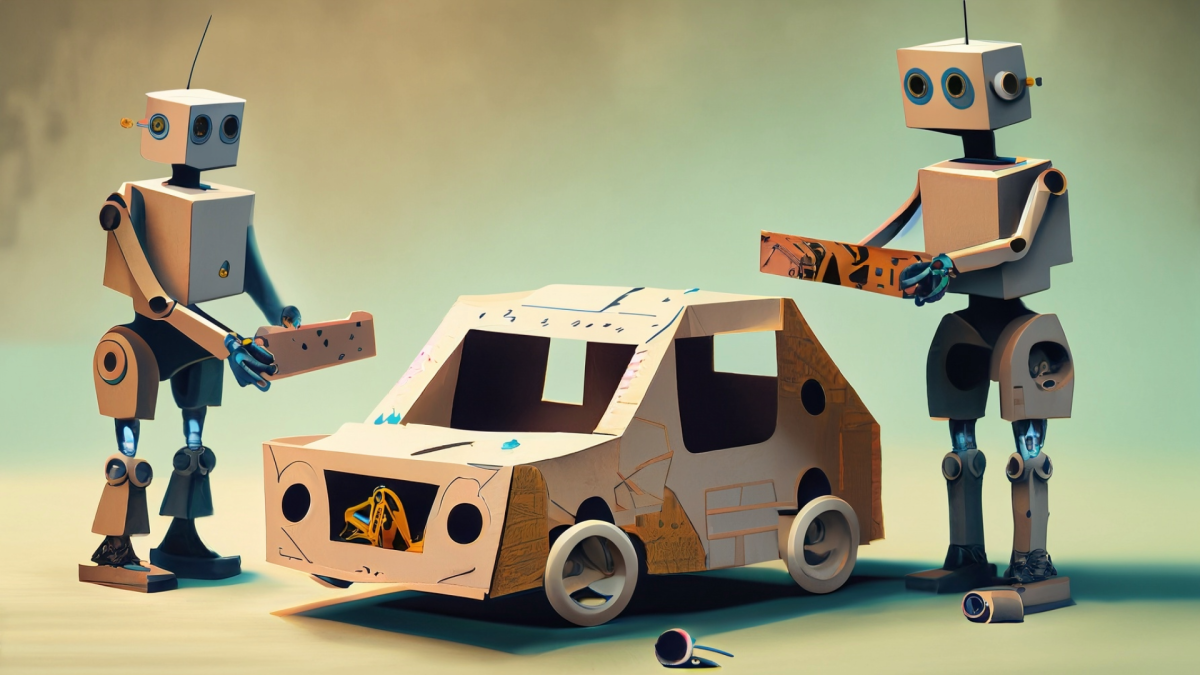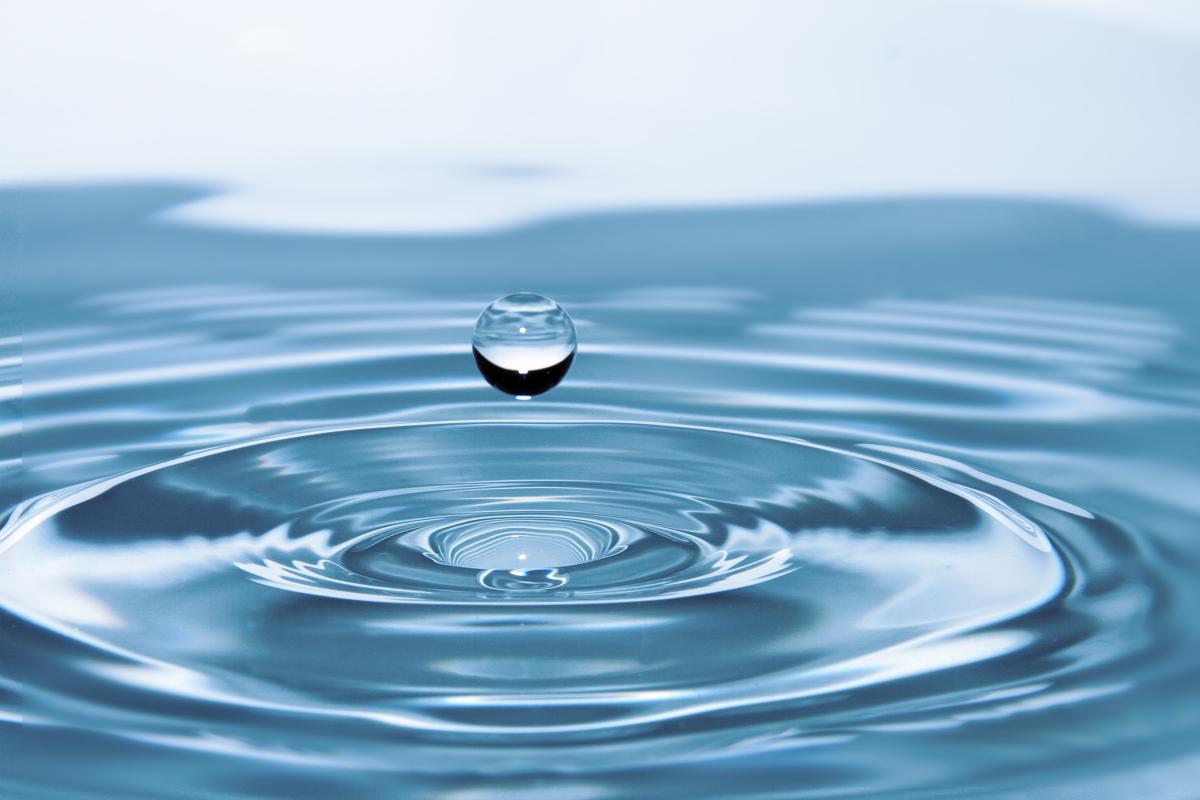
This lesson shows how to make an electric car using a small motor and battery. Students created a car, attached a battery and on/off switch, and collected data. The data collection sheet is included

Radioactive Orbs
This lesson focuses on using the engineering design process and simple machines to design a device that the students can use to safely transport radioactive orbs across the span of 8 feet. Students

In the Kindergarten aerodynamics lesson, young learners embark on an imaginative journey into the world of flight. Through a captivating exploration of flying objects like kites, birds, and paper

In the 5th-grade Paper Plane Aerodynamics lesson, students embark on an exciting journey into the world of flight. Through hands-on activities, they explore the fundamental principles of aerodynamics

Students will listen to a story then participate in a Round Robin discussion. After the Round Robin activity, students will make a reindeer and race it against another student's reindeer.

Students create a reindeer to learn about force and see how far their reindeer can fly. They can track their distance and make improvements on their reindeer. Enrichments students can see how weight

This is the fourth and fifth lessons of 7 in the Take-Off & Landing unit. This unit is the first for the Aeronautics 2 students. Students must have completed the 8 Basic Handling Unit lessons from

This is the third lesson of 7 in the Take-Off & Landing unit. This unit is the first for the Aeronautics 2 students. Students must have completed the 8 Basic Handling Unit lessons from Aeronautics 1

This is the second lessons of 7 in the Take-Off & Landing unit. This unit is the first for the Aeronautics 2 students. Students must have completed the 8 Basic Handling Unit lessons from Aeronautics 1

This is the first of 7 Take-Off & Landing Lessons. This unit is the start the Aeronautics 2 lessons. Students must have completed the 8 Basic Handling Unit lessons from Aeronautics 1 course. (See

Sailing Down the Road: Part 2
This is part 2 of a two part lesson called Sailing Down the Road. In this lesson students will design a sail that can successfully catch the wind and cause their cardboard car (from part 1) to drive

Students will be able to obtain, evaluate, and communicate evidence about how natural and human-caused changes to habitats or climate can impact populations. Additionally, they will be able to

This lesson plan has three main objectives. The first is that students will be able to recreate a map of the canal with 3D structures along the way. The largest structure being Casa Grande, or the

Investigative Phenomenon: When subjected to identical forces, a golf ball and a table tennis ball exhibit distinct movement. In this lesson, students discover: 1. Equivalent force may result in varied

This is a lesson designed for 4th and 5th grade. It would come at the end of the unit on Force and Motion. It describes a wonderful machine called a Rube Goldberg Machine. This lesson includes an ELA

In this hands-on lesson, students will attempt two builds. Students will identify weaknesses and strengths in both of their structures. They will then evaluate the effectiveness of their builds.

Simple Machines Save the Day
In this lesson students read about simple machines and learn that simple machines make it easier to lift or move things and that they can change direction and magnitude of force. Students use LEGOs to

Students will learn about the four forces of flight in this introductory lesson. This is lesson one of a four-part unit and provides students with the knowledge they need about flight to engage in a

In part one of this two-part lesson series, students will learn about (or review) the force of push and pull and how this applies to energy transfer. Students will gain an understanding of these

In this STEM Challenge, students add materials to help their rock roll better. Then, they examine how to push and pull their rock.

Students are tasked with using the Engineering Design Process to create a system of harvesting rainwater to meet the needs of residents in communities that have a scarce water supply (shortage of

With this lesson, students work in teams and are tasked with creating and designing a greener/cleaner city that has a minimum of 20 green/clean sustainable features. In order to engineer this, the

Students will compare and contrast homes and technology from 50 years ago to the present day. Students will design a SMART home gadget that can be implemented into SMART homes of the future.

On Day 3, students take their journey to the next level. After gaining insights into plant life cycles and the crucial role of pollinators in the first two days, they now get hands-on and creative. In


